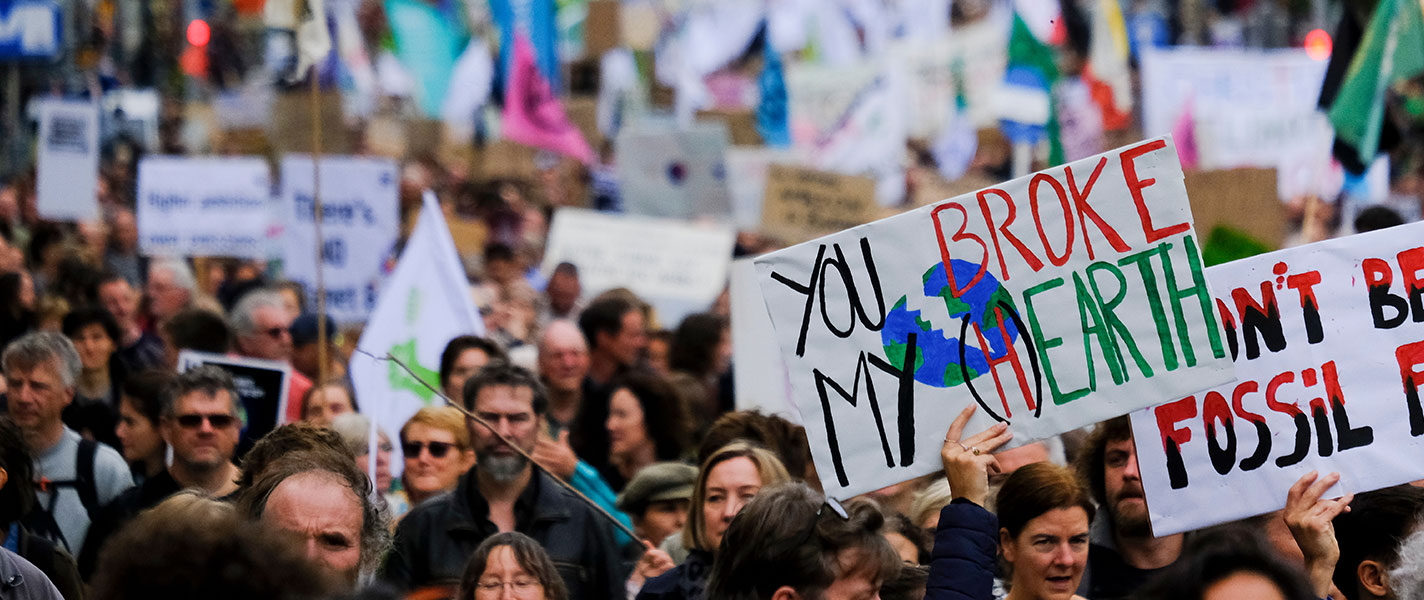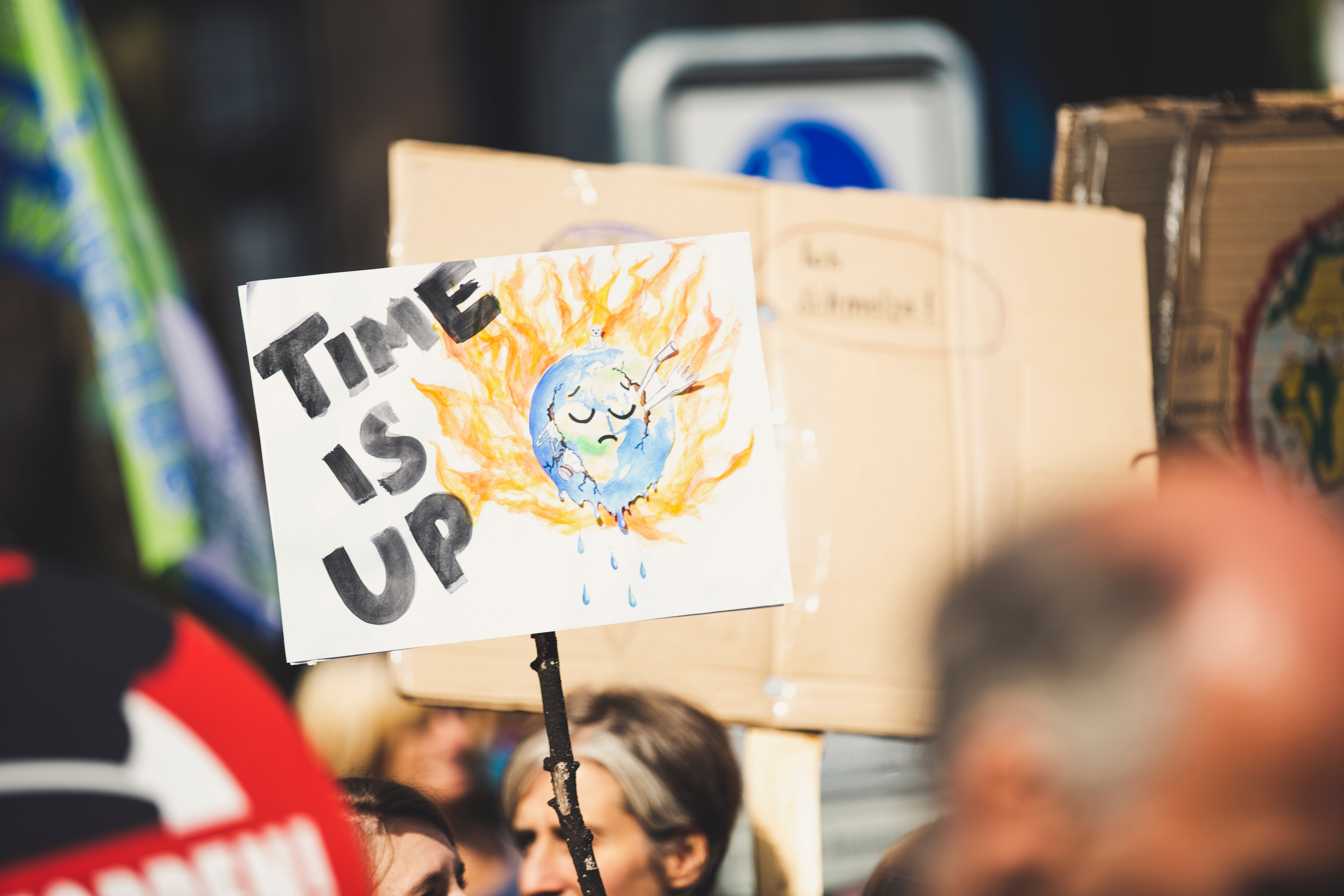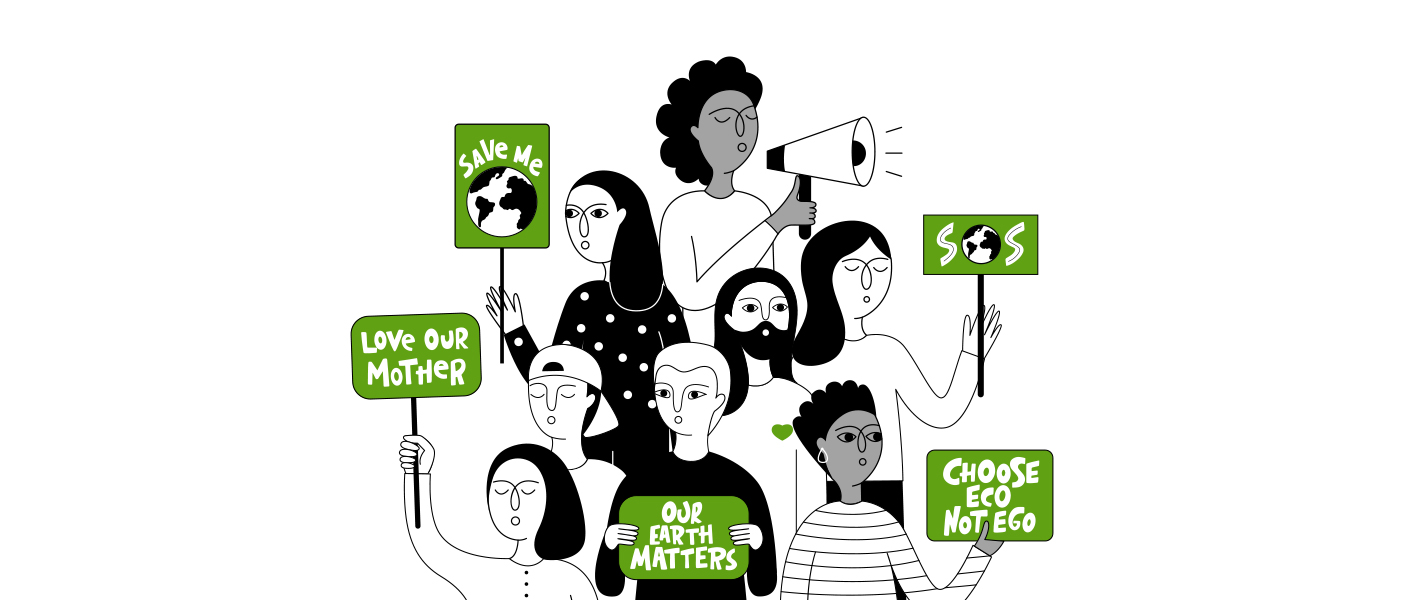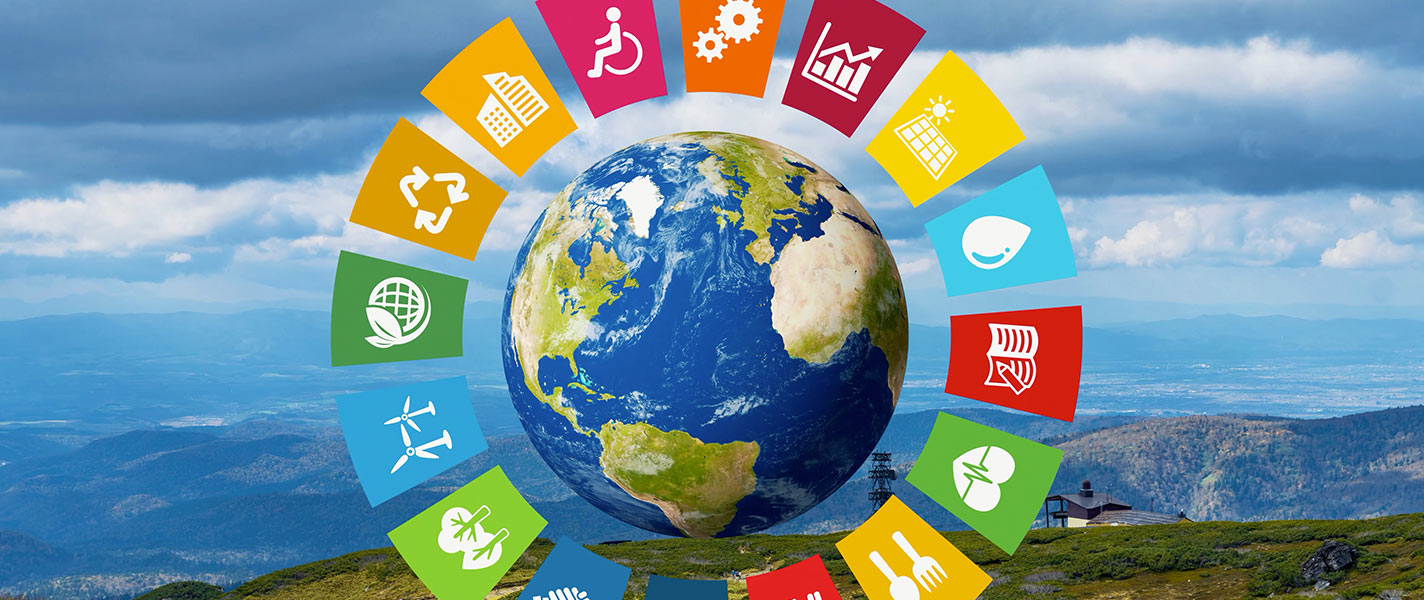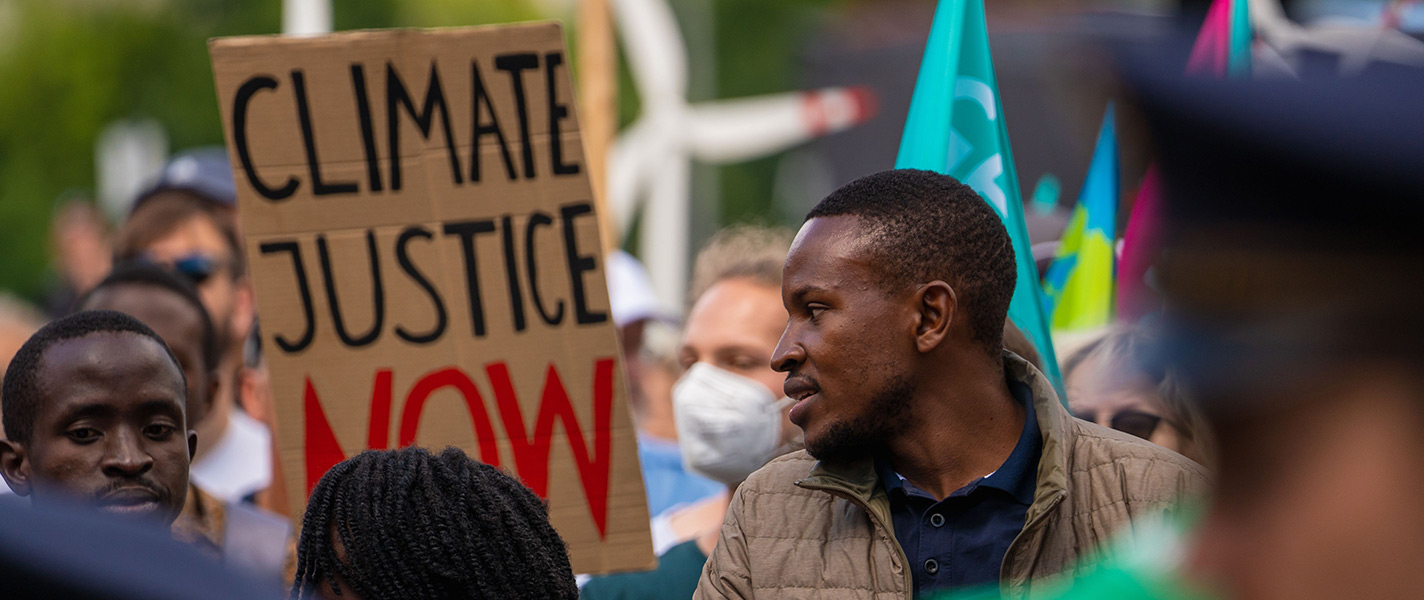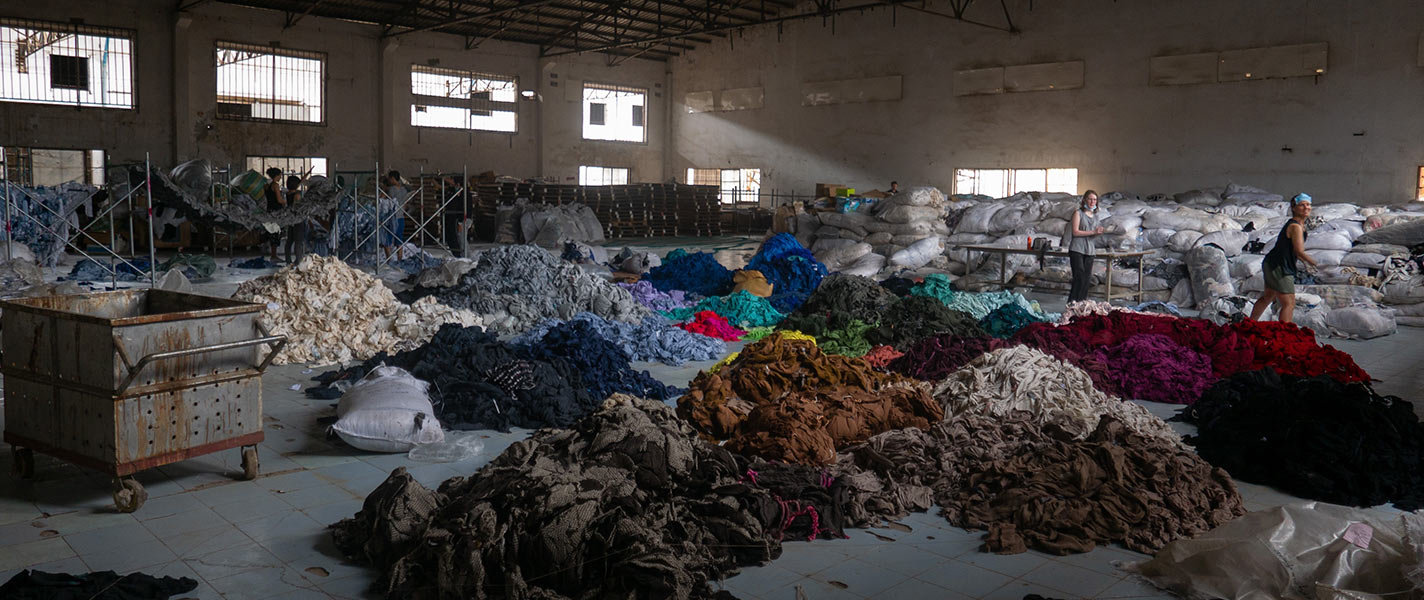The Confusion Surrounding COP27
COP conferences are seen by many as an opportunity for world leaders and lobbyists to greenwash the tonnes of carbon emissions they emit into the atmosphere.
November 6th kicked the United Nations Climate Change Conference (COP 27) in a resort in Sharm el-Sheikh, Egypt. The event hosted 100 heads of state and governments and more than 35,000 delegates from businesses, NGOs, and civil society groups. The conference aims to find solutions to reduce carbon emissions and to channel new methods to financially support the countries most affected by climate change.
COP 27 was sponsored by the multinational corporation Coca-Cola which was repeatedly ranked the world's most plastic polluter for four years in a row in 2021, according to Break Free From Plastic's annual report. In light of this, world leaders came to Sharm el-Sheikh to address the matter and further tackle the reduction of burning fossil fuels. It is worth mentioning that the plastic produced by Coca-Cola comes from fossil fuels. As revealed by the company, Coca-Cola produces approximately 3 million tonnes of plastic packaging a year, which mainly ends in oceans.
The conference was a heated subject of a strong wave of confusion and criticism from climate change activists. They argued that world leaders flew to Egypt on their private jets to discuss the root cause of climate change. In fact, it was estimated that COP 26 summit, held last year in Glasgow, has contributed 100,000 metric tonnes of carbon dioxide into the atmosphere.
Rewinding the Key Findings of COP27
The highlight of this COP was mainly the aim of developed countries to focus on mitigation and making the list of people who will pay the bill longer and the urge of less developed countries for financial support to address the climate breakdown varying from floods, drought, and wildfires to famine.
The African continent contributes only 3% of global carbon emissions, yet Africa remains the most vulnerable to the effects of climate change. One of the positive outcomes of COP 27 is that progress has been made in terms of “loss and damage” costs caused by climate change. There were 340 million euros in new pledges on loss and damage. A high level of commitment was witnessed in raising funds. Yet, as costs from acute climate change repercussions soar to over $200 billion annually, decisions over how these funds will be collected to create a support structure for the most vulnerable countries have not yet been made. In other words, there is still no compromise on the list of countries that will pay and that will receive the funds.
The summit was unsuccessful in addressing the main factor behind climate change which is burning fossil fuels. Despite the call to decrease coal production in COP26, countries are still struggling to commit to what they have agreed upon in Glasgow. The fossil fuel phasedown seems impossible with the presence of over 600 gas and oil lobbyists taking part in the decision-making process at the summit.
“Humanity has a choice: cooperate or perish,” UN chief Antonio Guterres told decision-makers at COP 27 talks on addressing climate change. Antonio Guterres called on countries to reduce their carbon emissions to hold the rise in temperatures to an ambitious rate of 1.5 degrees Celsius.
The climate talks ended, on 20 November, with no tangible plans on how to limit global warming to 1.5C. COP 27 did nothing in terms of targeting the main reasons behind global warming and the impact of the fossil fuel industry on climate change. World leaders need to realize the severity of the climate catastrophe that could happen unless they reduce the production of fossil fuels and start using sustainable renewable energy sources.
